Getting off our screens and outdoors, into nature often leads us to the sanctuary of the National Park System. These protected lands offer an escape, a breath of fresh air away from the hum of technology, yet they are not without their dangers. From untamed wildlife to unpredictable terrain, these wonders of nature promise adventure but demand respect and caution.
Joshua Tree National Park
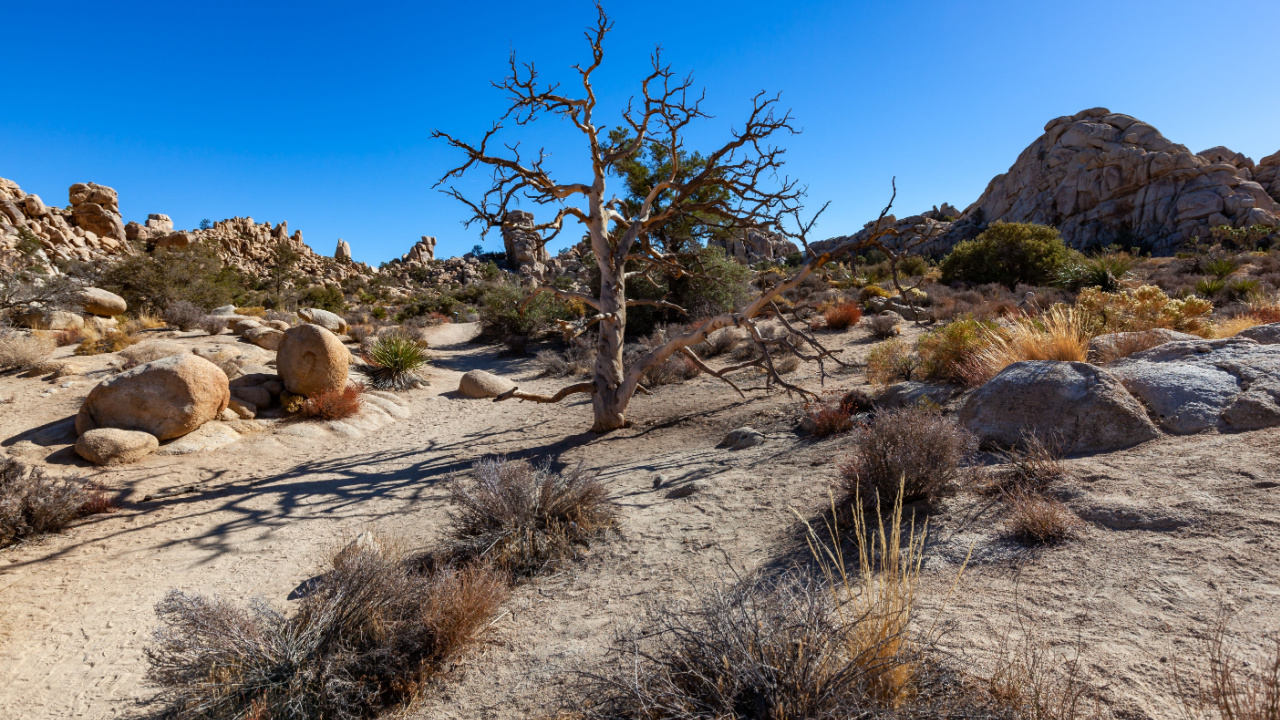
Joshua Tree National Park, a desert beacon attracting over two million visitors yearly, offers a stunning landscape of rugged rock formations and the park’s eponymous Joshua trees. But the desert’s extreme temperature fluctuations challenge even the most prepared visitors, leading to risks of dehydration and heat-related ailments. Unwary visitors have been taken ill, and some have even perished in the extreme conditions of this park.
Denali National Park

Denali National Park is the perfect place to go if you want to experience the raw, untamed power of nature. But it’s also one of the most dangerous national parks in the United States. Climbers and adventurers are drawn to its beauty but must navigate the risks of severe cold, avalanches, and the unpredictable Alaskan weather. Not to mention wildlife encounters. The park’s history, marked by 96 fatalities up to 2006, serves as a poignant reminder of the fine line between adventure and peril.
Sequoia and Kings Canyon National Parks

The awe-inspiring sequoias of Sequoia and Kings Canyon National Parks draw visitors from around the globe. However, the majesty of these towering giants belies the inherent dangers of the parks. The risk of falls, the challenge of navigating the backcountry, and the potential for wildlife encounters remind us that beauty often comes with risk.
Zion National Park

Utah’s Zion National Park, famed for its sandstone cliffs and narrow canyons, hides a dark history beneath its stunning landscapes. Flash floods and treacherous hikes, such as the infamous Angels Landing, have led to tragic losses. The park’s beauty is undeniable, but visitors must navigate its dangers with care and respect.
Grand Teton National Park

Grand Teton National Park, with its breathtaking mountain ranges and iconic peaks, embodies the wild heart of Wyoming. However, its beauty comes with a cautionary tale of avalanches, unpredictable weather, and challenging terrain. With tales of tragedy, bad injury, and close calls, it’s advisable to be well-prepared when visiting this park, and inexperienced climbers and visitors should stick to easier routes.
Death Valley National Park

Death Valley National Park holds the dubious honor of being the hottest place on Earth, a record that speaks to the extreme conditions that define this unique landscape. The risk of heatstroke, dehydration, and disorientation is ever-present, so be cautious and prepared if you’re planning a visit.
North Cascades National Park

The rugged beauty of North Cascades National Park offers a pristine glimpse into Washington State’s wilderness. Yet, the park’s challenging terrain and unpredictable weather can turn an adventure into a perilous journey. The beauty of the North Cascades is undeniable, but it demands respect and preparedness from all who visit.
Arches National Park

The natural arches and red rock landscapes of Arches National Park are a marvel of geological formation. Yet, the park’s desert climate and terrain present significant challenges, from extreme heat to the risk of falls and flash floods. The park’s wonders are accessible to those who heed the lessons of the landscape and approach with caution.
Yellowstone
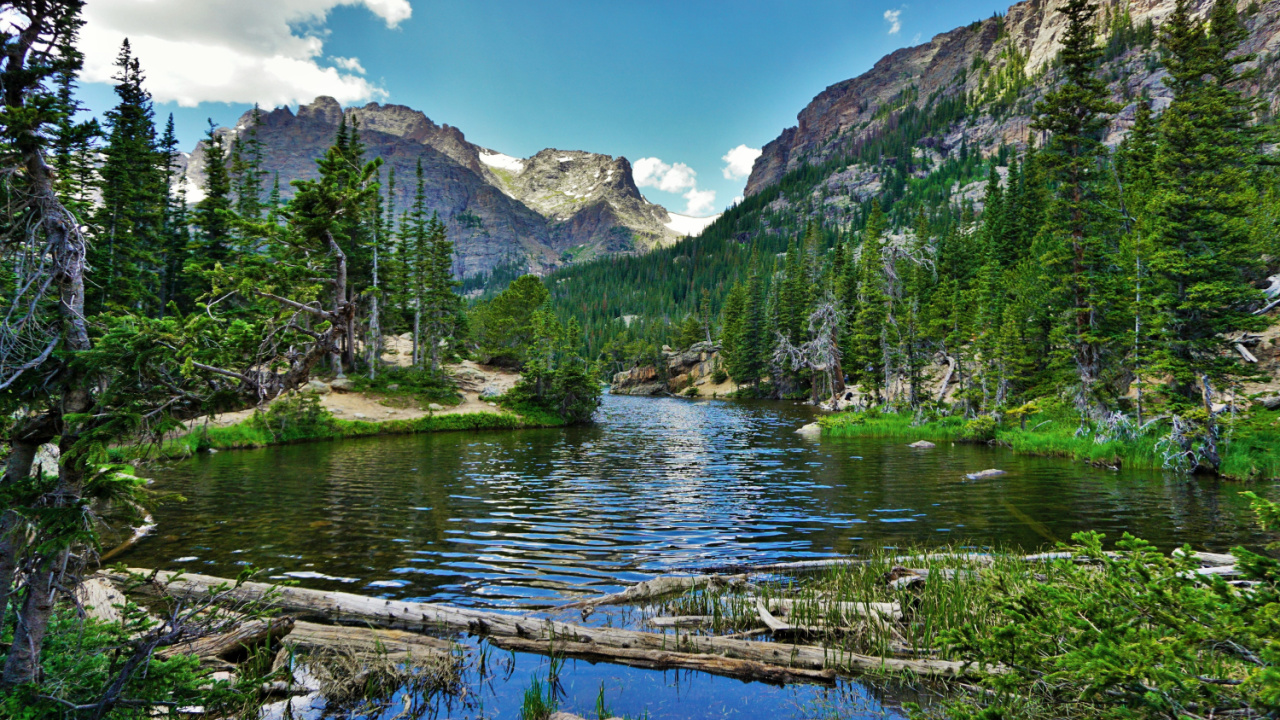
Yellowstone, a land of geothermal wonders and wild beauty, also harbors dangers beneath its surface. The potential for wildlife encounters and the sheer scale of the park add layers of risk to the experience. Yellowstone’s wild beauty is magnetic, but its dangers are real, so plan your trip and take all necessary safety precautions.
Glen Canyon National Recreation Area

Glen Canyon’s vast landscapes and waterways invite exploration, but the risks of fluctuating water levels and remote canyons require vigilance and preparedness. Lake Powell and its surroundings are truly beautiful, yet the area demands respect for nature’s unpredictability.
Olympic National Park

Olympic National Park’s diverse ecosystems range from rugged coastlines to lush rainforests and towering mountain peaks. This variety, while stunning, brings its own set of challenges. Dense forests can disorient travelers, sudden mountain weather changes can turn treacherous, and strong coastal currents pose dangers to the unwary swimmer.
Virgin Islands National Park

Virgin Islands National Park offers a tropical haven with its crystal-clear waters and lush landscapes. However, this paradise requires caution. Jellyfish and sea urchins present hidden dangers in its inviting waters, while strong currents can quickly become life-threatening. The park’s beauty is a call to adventure, but it’s vital to remember that nature’s wonders often come with risks.
Channel Islands National Park

Channel Islands National Park’s isolation attracts visitors from all over the world, with unique ecosystems and breathtaking scenery. However, the very traits that make it captivating also introduce risks. Sudden weather shifts can make sea crossings hazardous, and the lack of amenities demands preparedness and self-reliance. For those seeking solitude and natural beauty, the Channel Islands offer a rewarding but challenging experience.
New River Gorge National Park

New River Gorge National Park is a hub for whitewater rafting, rock climbing, and hiking enthusiasts seeking thrills in West Virginia’s rugged landscapes. However, the exhilaration of these activities is matched by their inherent dangers, from powerful river rapids to steep, uneven terrain. Adventurers are reminded to respect the park’s natural challenges and know their limits.
Rocky Mountain National Park
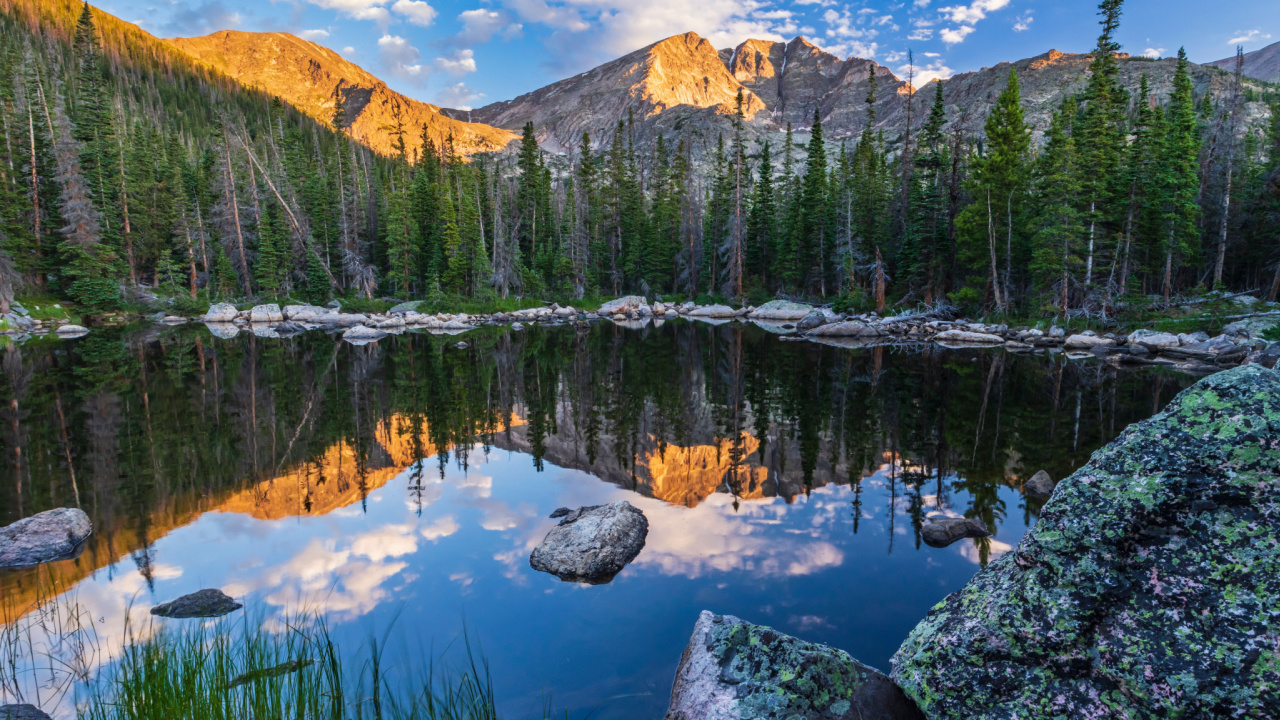
Colorado’s Rocky Mountain National Park offers stunning vistas and so much wildlife, set against the backdrop of the majestic Rockies. However, the high altitude and rugged terrain are formidable challenges, with risks of altitude sickness and unpredictable wildlife encounters. Visitors are encouraged to acclimate to the elevation and approach wildlife with caution, ensuring a safe and memorable experience.
Great Smoky Mountains National Park

Straddling North Carolina and Tennessee, Great Smoky Mountains National Park is renowned for its biodiversity and misty mountains. Wildlife encounters, particularly with bears, require safe practices, and unpredictable weather, including fog and storms, can complicate travel.
Big Bend

Big Bend National Park’s blend of desert, mountains, and rivers presents a stunning but challenging landscape. The remote nature of the park intensifies the risks of dehydration, heat-related illnesses, and falls. Visitors venturing into this Texan wilderness must prepare for its extremes, ensuring adequate water, sun protection, and caution on its rugged paths.
Yosemite

Yosemite National Park’s iconic granite cliffs and ancient sequoias draw visitors from around the globe. While climbing and exploring its waterfalls are popular activities, they come with risks of accidents and drowning in the swift, cold waters. There’s also the threat of wildlife encounters. Particulary with bears. Proper food storage is crucial to avoid bear encounters, and knowing what to do if a bear does venture too close are essential skills for visits to Yosemite.
Acadia National Park

Acadia National Park, Crown Jewel of the North Atlantic Coast, perched on the North Atlantic Coast, offers rugged beauty but demands respect for the sea’s power. Strong currents and waves pose risks along its coastline, reminding visitors to approach the ocean with caution and awareness. Water rescues are alarmingly frequent, and there have been fatalities, too.
Redwood National and State Parks

Northern California’s Redwood National and State Parks celebrate the world’s tallest trees, offering awe-inspiring walks among ancient giants. However, the parks’ wildlife and the potential for tsunamis along its coast make it a potentially dangerous park to visit. Visitors should prepare for encounters with wildlife and be aware of tsunami hazards. Be cautious and well-prepared to stay safe while enjoying the wonders of this area.
Grand Canyon National Park
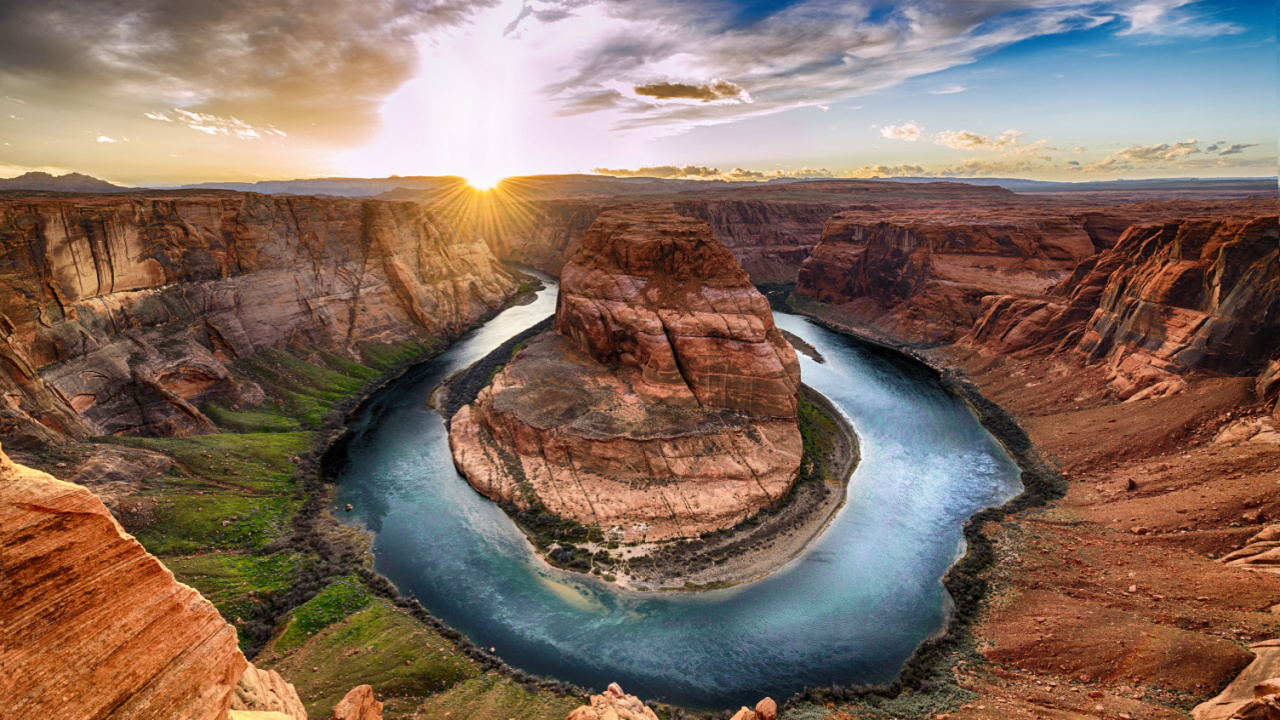
Arizona’s Grand Canyon National Park, with its vast vistas and steep trails, is both gorgeous and perilous. The risks of heat exhaustion, dehydration, and falls are real dangers for the unwary and underprepared. Preparation and caution are essential for those exploring its depths.
Mount Rainier National Park

Centered around an active volcano, Washington State’s Mount Rainier National Park combines beauty with danger. The risks of eruptions, avalanches, and challenging terrain highlight the importance of preparation and awareness. You can enjoy the park’s majestic scenery as long as you are cautious and respectful of Mother Nature.
Guadalupe Mountains National Park

Texas’ Guadalupe Mountains National Park offers striking desert landscapes and the challenge of its highest peak. The desert climate and remote nature of the park heighten the risks of dehydration and falls. Visitors are encouraged to prepare for the extremes of desert conditions, ensuring a safe journey through this captivating landscape.
Indiana Dunes National Park

Indiana Dunes National Park, with its unique dune formations and biodiversity, offers a blend of beauty and hazards. The instability of dune landscapes and the risks posed by Lake Michigan’s currents require caution and respect. The park’s diverse recreational opportunities are best enjoyed by those prepared for its natural challenges.
17 Most Devastating Tornadoes In History
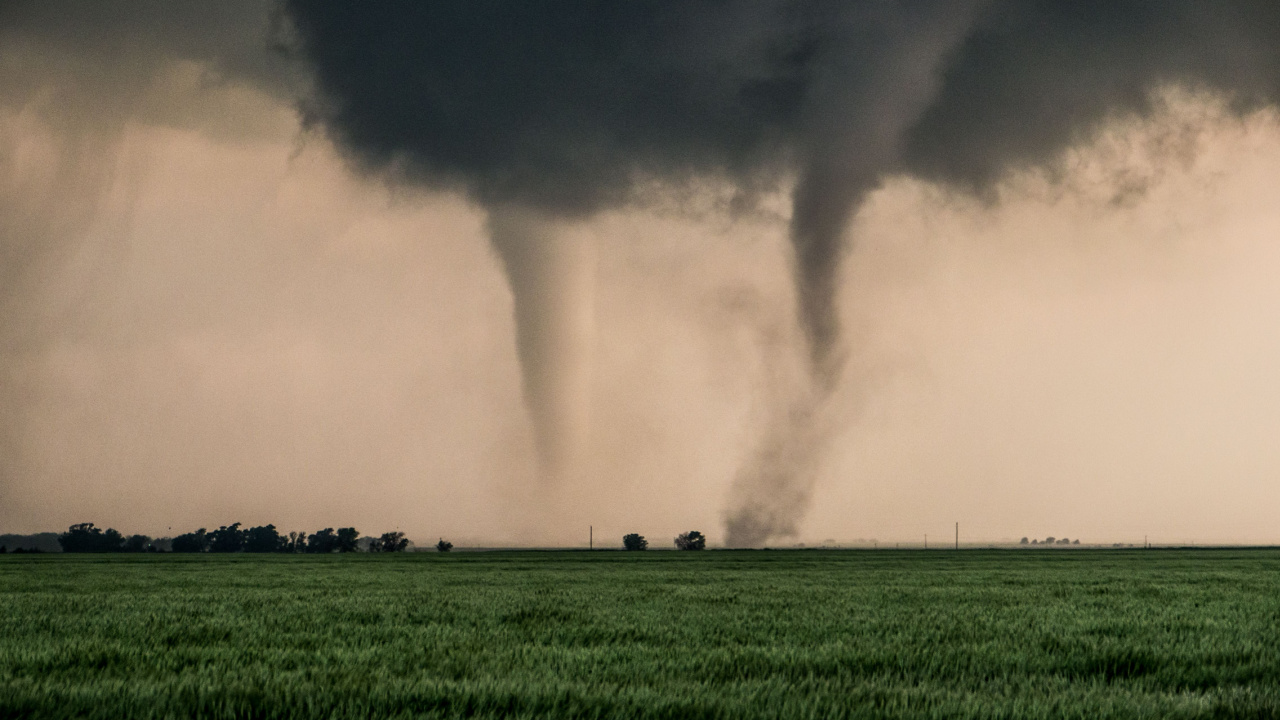
Nature’s fury is terrifying, and tornadoes are among the most deadly natural phenomena. These 17 deadly tornadoes highlight nature’s power and the resilience of humans in the aftermath of such devastation.
24 Most Devastating Blizzards in US History

For preppers, understanding the power and impact of historic blizzards is key to being prepared for future winter emergencies. Each of these historic snowstorms teaches valuable lessons about resilience, planning, and survival. The more prepared we are, the better our chances of survival in an emergency scenario.
- Read More: 24 Most Devastating Blizzards in US History
23 Riskiest Cities To Be During a Power Grid Collapse

In a world where the stability of our power grid is increasingly under threat, knowing which urban areas to avoid during a blackout is crucial for any serious prepper. And which areas to escape as quickly as possible. When you’re making your survival plans, keep in mind that these are the places you don’t want to be.

